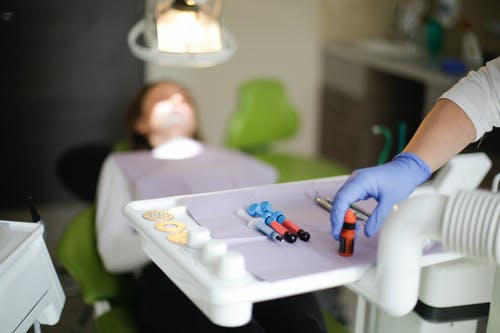Express Dentist releases a survey of the areas with the best and worst dental health across the United States.
When the coronavirus pandemic first began to spread throughout the U.S., the dental health of Americans became one of its major casualties. They were fearful of visiting the offices of providers, and many of these providers were operating at reduced capacity. Now that the fear has somewhat subsided, more people are making appointments, but some areas of the U.S. are lagging significantly behind others.
Dr. Greg Grillo, dentist and spokesperson for Express Dentist, said, “Health and wellness have been under a brighter spotlight the last couple of years, and we want to elevate dental health, too. There’s a vast amount of geographical data on dental disease prevalence. While the causes are complex and multi-factorial, we have an opportunity to identify possible causes, raise awareness, and find solutions.”
To do just this, Express Dentist conducted a survey of each region of the U.S. to determine which states had the best dental health and which had the worst. The report indicates, “Given that many people have been hesitant to visit the dentist for routine care during the Covid-19 pandemic, it is now more important than ever to understand what your geographical location could mean for the health of your teeth and gums.”

While Connecticut came out on top, followed by the District of Colombia, Massachusetts, Hawaii and New Jersey, other states such as West Virginia and Arkansas were dead last on the list. This begged the question: Why is it that that some states are leading the charge while others are falling behind?
While, as Dr. Grillo indicated, the factors are multi-faceted, poor dental health seems to correlate strongly with socioeconomic status and can impact some ethnicities more so than others.
He explained, “Multiple studies have shown a strong correlation between low-income areas and a high prevalence of oral diseases. This may be related to fewer providers in lower-income areas and a lack of affordable options for patients.” Moreover, he said, “Certain ethnic groups may have dietary differences that include high sugar intake or exposure to acidic foods that promote tooth decay, too.”
It’s important to understand that at-home hygiene is important but not considered all-encompassing when it comes to taking care of one’s teeth. It’s still important to maintain regular visits with the dentist in order to keep a healthy smile. As far as maximizing at-home dental care, there are a few things that should be incorporated into the daily routine.
“Regular home care removes bacterial plaque, the driving force behind oral diseases,” Dr. Grillo said. “But exposure to fluoridated water has been shown to be the most effective way to decrease the decay rates in children and adults. If not possible, a daily fluoride rinse can help supplement efforts.”
Most dental practices are now operating at nearly full capacity, and they’ve taken measures to eliminate the spread of Covid-19. This may start to shift some of the numbers presented in the report.
“The average dentist has returned to over 90% of pre-pandemic patient volume, so patients are steadily returning to care,” Dr. Grillo explained. “There are geographical differences in local regulations, but all dentists have taken extensive precautions to protect patients. Delayed care increases the risk of significant dental problems and treatment, so it’s vital that patients continue to return to their dentists.” WebMD offers information on how to do this.


Join the conversation!